I'm writing a OpenGL application in which there is a rectangle placed on a 3D object. The 3D object can move around and rotate and the rectangle follows these movements.
What I would like to do is to point with the mouse towards the rectangle so that a dot would appear in that point on the rectangle, and I want the point to follow it as the 3D object that "holds" the rectangle moves around.
I know how to find the intersection on a plane, and I know how to find the world coordinates of the contact point. What I need is a way to convert the world coordinates to the 2D local coordinate system of the rectangle.
For example, suppose I have the plane positioned like this in the 3D world, with a given orientation (sorry, I can't really draw properly):
The black point in the center is the origin of the plane, while the blue point is the one I would like to find. The numbers near the points are their world coordinates; in this example the Z axis "comes out" of the screen.
I would like to map the coordinates of the blue point in the local coordinate system of the plane, like this:

I know that somehow this shouldn't be hard, but I can't find a way at all. Any hints would be appreciated!
